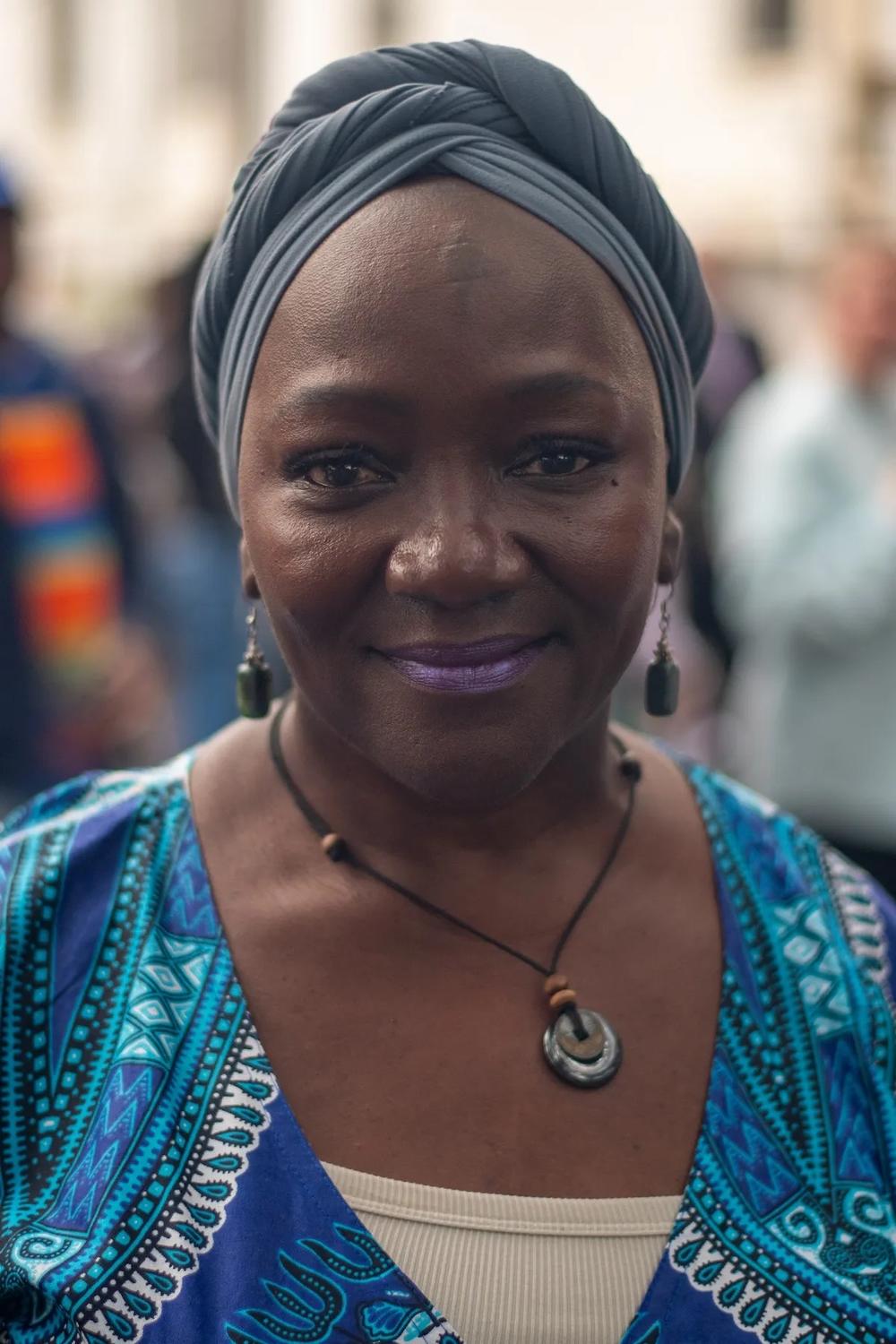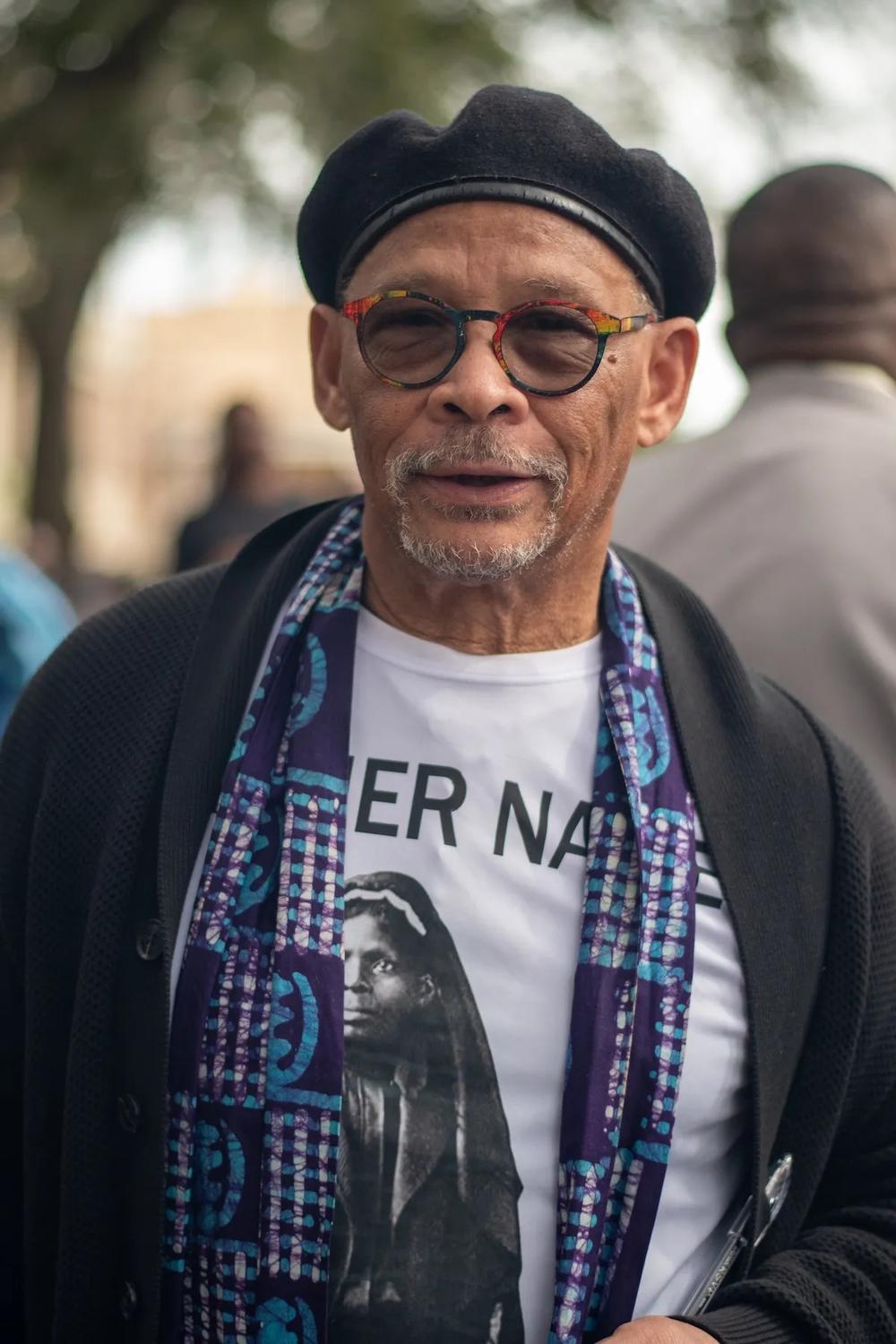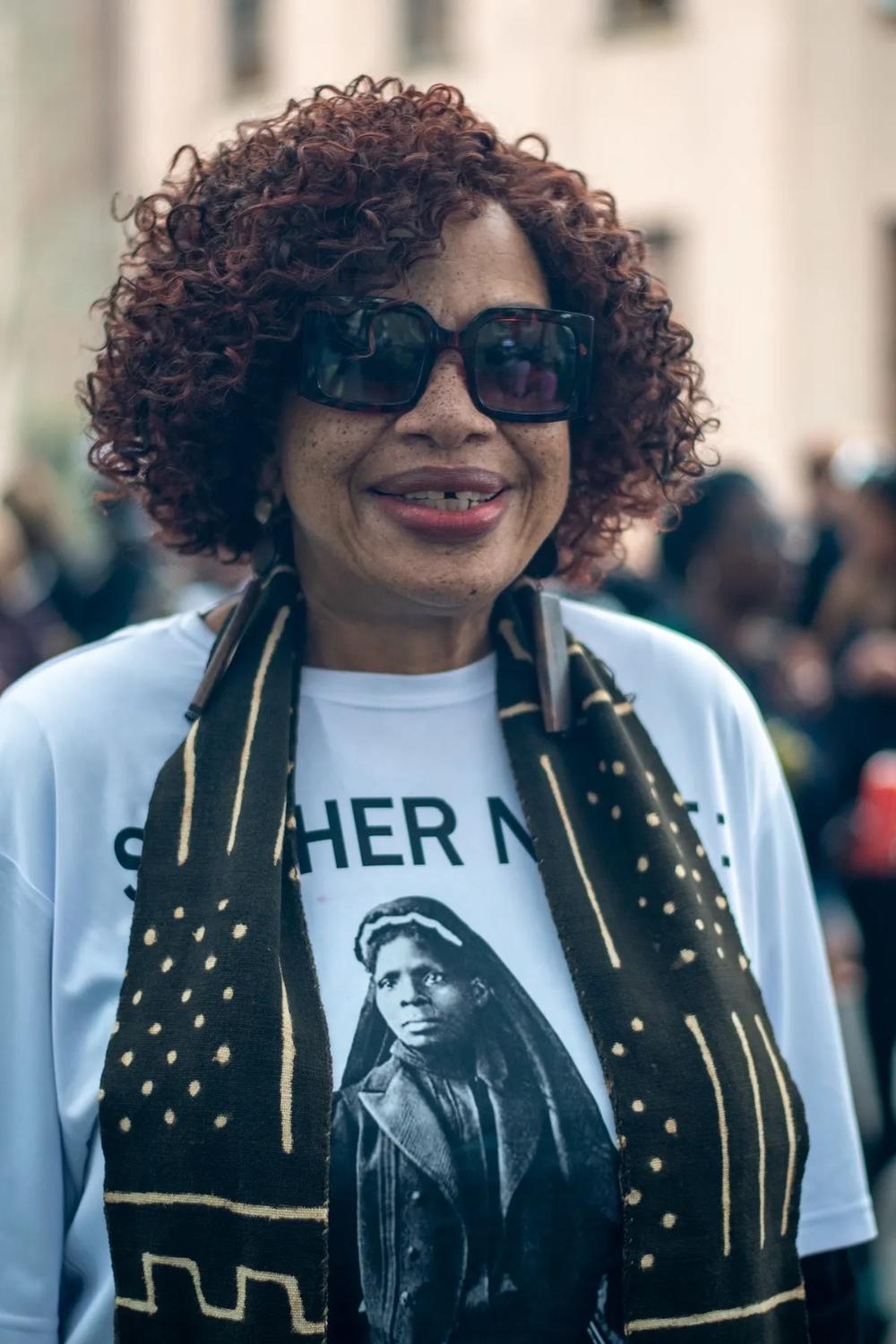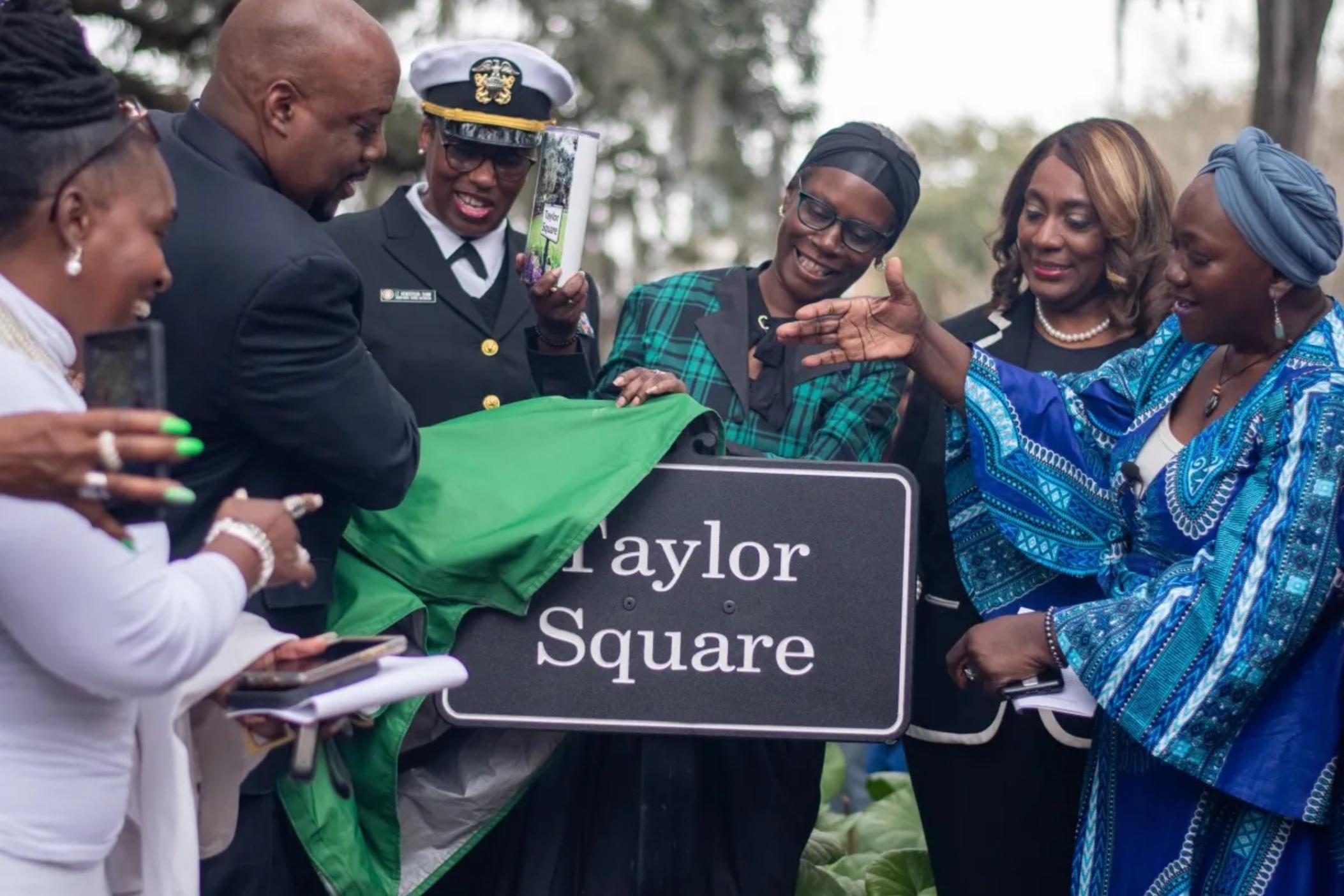
Section Branding
Header Content
Savannah dedicates Susie King Taylor Square
Primary Content
Jeffery M. Glover, The Current
Hundreds gathered Saturday to make history in downtown Savannah as the original square at Abercorn and Wayne streets was renamed Taylor Square. It will honor Susie Baker King Taylor, a former slave and the first African American woman to openly teach Black children in the State of Georgia. It is also the first of Savannah’s 22 squares to be named after a woman.

“Welcome to Taylor Square, Savannah” Mayor Van Johnson said to open the day. “We’re not only here to make history, we’re here to make sense.”
After about 170 years, the Savannah City Council voted to change the name of the square formerly named after John C. Calhoun. Calhoun, a former U.S. vice president, was an advocate for keeping Africans enslaved. The square itself was once a burial ground for hundreds of enslaved Black Savannahians.
Susie King Taylor was a pillar in history. Born into slavery in Liberty County, she moved to Savannah with her grandmother as a child to attend two secret schools taught by people of color. She found a way to escape slavery to Union-occupied St. Simons Island at age 14. There, she broke barriers as an educator where she openly taught Black children.
For nearly one year, the square was unnamed, as petitions for various African Americans were being recommended. The Center for Jubilee, led by Patt Gunn, petitioned to change the name from Calhoun Square to Taylor Square in late 2022. Savannah City Council voted on the name in October 2023. After a three-year battle of trying to get the square renamed and then named again, members of the Susie King Taylor Committee said the process held good and bad times.
Phil Starks, a member of the Susie King Taylor Committee, called the moment “magnificent” and now says “there is still work to be done.”

Starks said there are “so many visions for this square. Hopefully, one day there’ll be a memorial or some sort of figure of her.” He thought it is important to acknowledge and update the city’s history. “African Americans don’t get much play. 90% of the narrative is European history…and we need to be part of the narrative.”
He said now he hopes that when tourists “travel around the square and the Massie School they can talk about Susie King Taylor and talk about the role that freed enslaved African-Americans played then and today – more awareness, more clarity.”
He hopes the move to update Savannah history will include the 23rd square recognized in Yamacraw.
Gwen Starks, also a member of the Susie King Taylor Committee, explained the journey of the process as having its ups and down. Becoming more educated through research and hopes to continue the education for all who visit the city.
Gunn, a leader of the effort to rename the square, said she hopes that what they did with the naming of “this square should be a blueprint for future generations.”

Elaine Boyington, retired from the City of Savannah, said “I am overwhelmed, I am proud. This day has been coming for a long time….we need this especially in today’s time because the youth doesn’t know a lot of stuff and this is something they can be educated about.”
She hopes that going forward there will be more events like the dedication.
“This will give the youth pride to be able to show that we did have ancestors that are worthy of having this day,” according to Boyington.
Dr. Stacy L. Henderson-Shaw, retired Navy officer, lives in Chicago and attended the ceremony.
“It’s been a long time coming but it was worth the wait. Not only is it historical but it is monumental,” Henderson-Shaw said. “People need to know and get a grasp on what it truly means to stand strong and firm in the face of adversity.”
This story comes to GPB through a reporting partnership with The Current.


